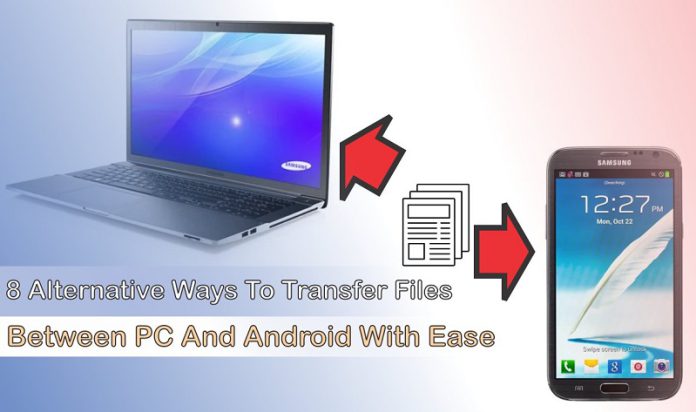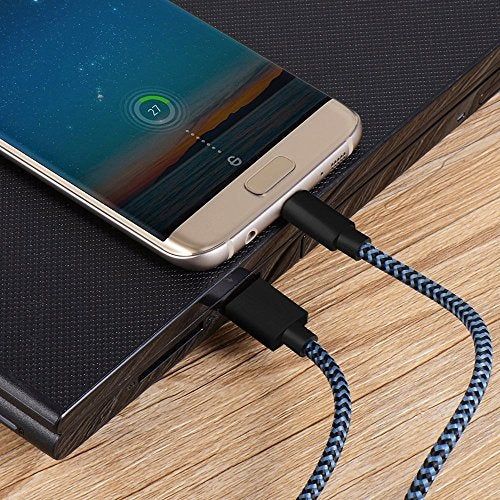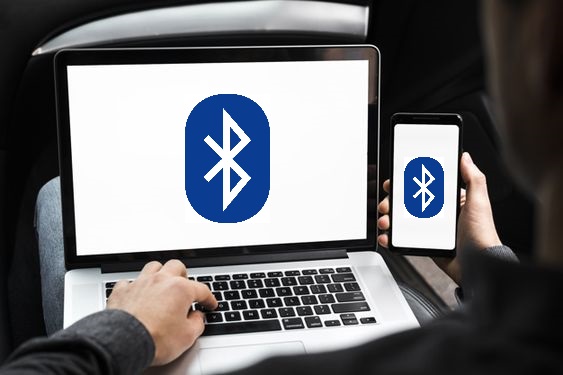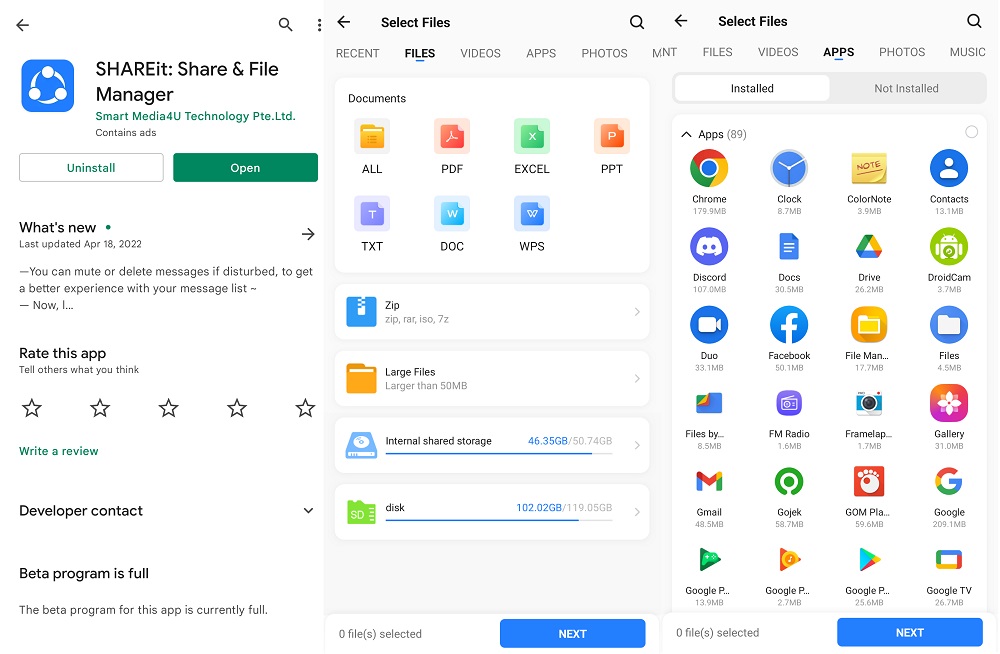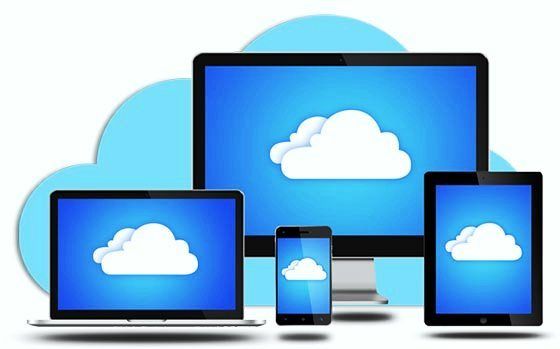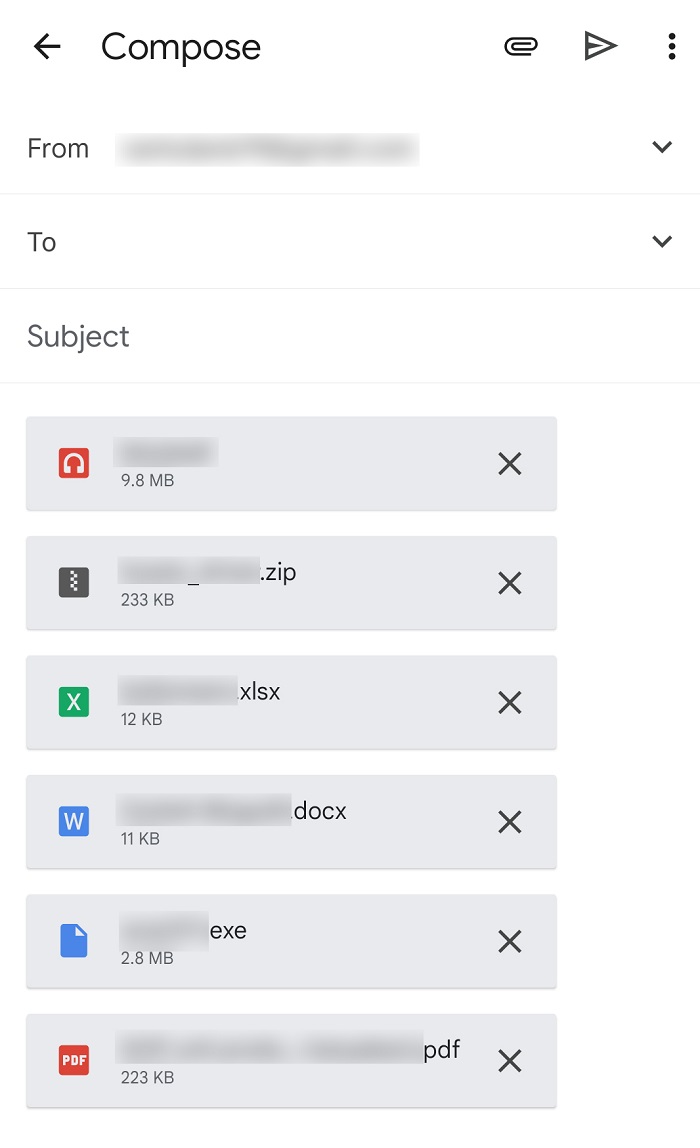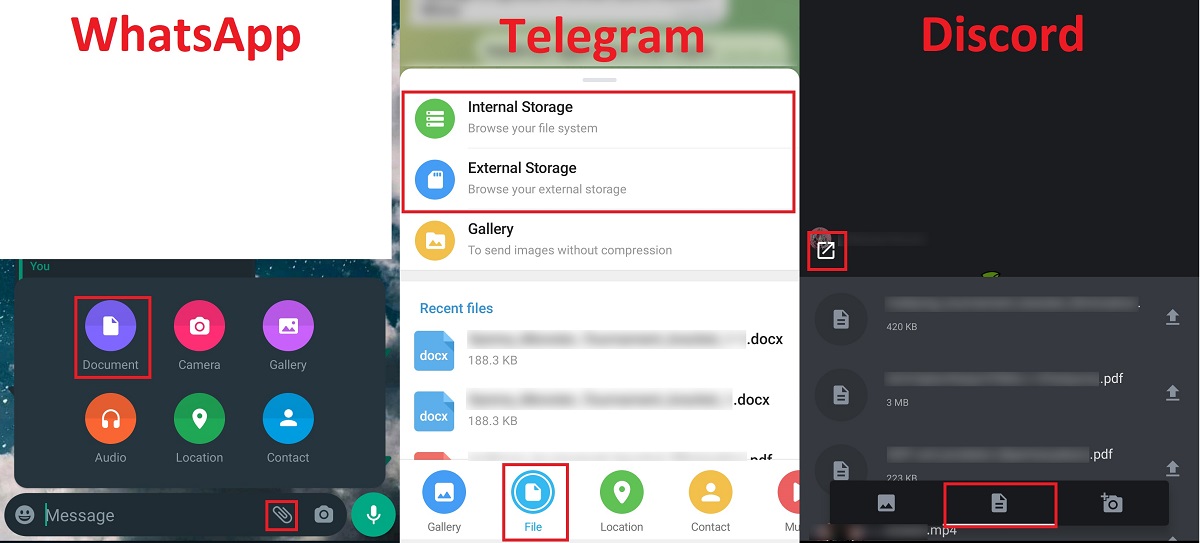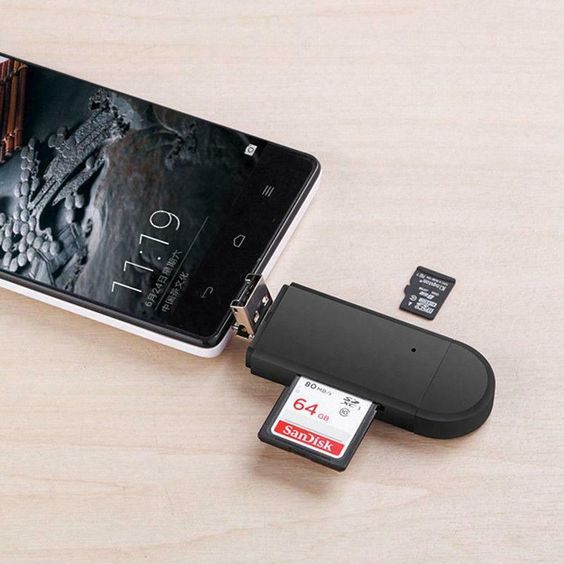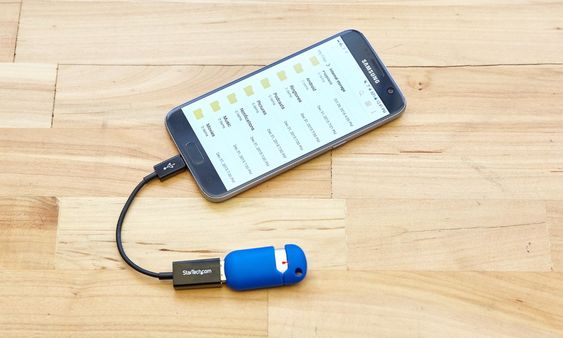Olidtech.com – If you are new to smartphone technology, you may need this tip for sure. It can be a nostalgic photo, classical music, confidential document, or other files that need to be transferred to a PC/laptop. Moreover, older type of smartphone also lacks storage and need to back up regularly to improve the program efficiency within the phone. Back up with transferring data also become necessary to do if you don’t want to lose it by accident.
In the beginning, there are many ways to transfer important files or data. The simple one is by physical connectors like wired one, or cordless connection by Wi-Fi and cloud system. We summarize 8 tips to transfer files from Android to PC/Laptop or vice versa since it become a common skill to help your activities.
The Keyword How To Transfer Files Between Android And PC
Transfer Files With Wired USB/Cable Data
Transfer Files With Bluetooth
Transfer Files With Hotspot Wi-Fi
Transfer Files With Cloud System
Transfer Files With Email
Transfer Files With Chat Media
Transfer Files With Memory SD Card
Transfer Files With OTG
Transfer Files From Android To PC By Wired USB/Cable Data
The first thing and easiest one to transfer files is obviously by charging cable/USB cable. While you bought the new smartphone, you will have one package smartphone with accessories like a power adaptor, USB cable, sim ejector, warranty sheet, or even earphones if you are lucky. Even though the cable is for charging uses, it also has multipurpose use as data transfer. Moreover, the original cable is more compatible, and sometimes it is essential for refreshing the firmware. Some manufacturers also may limit the feature within smartphones if you don’t use the original cable.
Here is how to transfer files on android to PC with ease:
- Prepare the USB Cable.
- Plug the connector to the Android phone and PC.
- Wait for the scanning until the PC recognizes the device with a ‘ping’ sound.
- Check the phone for notifications and configure a USB Connection.
- There will be four options, choose the file transfer option.
- Check The PC with the file manager app, it will appear with your phone name in the left subpanel.
- Freely pick the files you want to transfer by copying the file and pasting it to the destination place.
Transfer Files From Android To Computer By Bluetooth
If using wired data is not convenient enough, Bluetooth is another alternative option to transfer without connecting physically. However, there is a drawback to using this method. The transfer rate with Bluetooth is slower than a USB cable, so we do not recommend transferring big files since it wastes more time. On the other hand, This method is suitable for small files and people who bother to bring a charging cable. Moreover, it is also good for android to android files transfer as same as PC to PC.
Here is how to copy the files by Bluetooth transferring:
- First, activate the Bluetooth on both devices.
- Scan the compatibility and add it to a trusted device.
- On phone, go to your files with file manager, long-press the item, and select share with Bluetooth.
- If you want to transfer data from PC to Android, select the file by right-clicking and choosing the sent to option. your connection device will appear in the new panel and click it to start transferring data.
- For some models, it needs verification before transferring, so check on both devices after starting the transfer.
- Make sure to not go too far between the device since it will affect the transfer speed.
Transfer Files From Android To Laptop By Wireless/Hotspot Wi-Fi
Wi-Fi is an alternate option after Bluetooth since it has relatively the same method as a wireless connection. However, the mechanism is quite different between them. Bluetooth uses less power to transfer data but lacks range capability. On the other side, Wi-Fi has huge range coverage with multiple device connections in the same wavelength signal, even so, it needs more power to attain the connection.
You may need a third-party app to use Wi-Fi as transfer media. We pick three apps that usually work on transfer files such as ShareIt, Feem v4, and Resilio Sync. ShareIt gains some popularity for transferring data from Android to Android phone and Android to PC. It uses a combined Bluetooth and Wi-Fi connection for better transfer quality. Moreover, Feem also has the same method as ShareIt that also work on offline connection. On the other hand, Resilio Sync claimed to be hybrid transfer media with an online mode as a cloud system and an offline mode that solely depends on local Wi-Fi access.
Here is how to use third-party app Wi-Fi sharing as transfer files media:
- First, Install the app on both devices (We use ShareIt for instance).
- Prepare the link by choosing the sender device and receiver device. We choose an android device as the sender and a PC as the receiver.
- On the phone, select the file that you want to send, and tap next.
- Follow the instruction by turning on the Bluetooth and clicking next.
- Link into your PC by scanning the barcode on receiver mode.
- After establishing the connection, click send to transfer the data.
Transfer Files From Smartphone To PC By Cloud System
If you want to use an advanced system to transfer your files, a Cloud storage system is the only option for that. This method needs internet access to send your file goes to the server and download it to your laptop. It is as simple as pie to operate it like uploading and downloading the files to cloud storage on a web server. As always, we suggest three apps that are good for transferring data via clouds such as Google Drive, AirDroid, and PushBullet.
Google Drive can serve as a transfer file storage and backup plan with 10 Gb of cloud storage. Moreover, it is lifetime storage as long as your account is still active. Other clouds transfer file methods like AirDroid and PushBullet also use the same mechanism as Google drive. However, the file will be deleted after being stored after one week of usage. So it is solely just for transfer and can’t be used as backup files.
Here is how to use the cloud system to transfer files from android to PC:
- We use Google drive, for instance, the first step is to make a google account and create google drive storage.
- Upload the file by clicking on the ‘Plus’ icon on the Drive app and selecting the files.
- Wait for uploading and it will be finished by successful notification.
- On PC, go to google drive web with your browser and log in with your previous account.
- There will be your file on the recent upload, download it to your PC.
- You are successfully transferring your data.
For AirDroid, it is slightly different from Google Drive, but the steps it quite the same with making the first account and downloading the app first on Google play.
Transfer Files From Smartphone To Laptop By Email
Email can be used as a cloud storage method, but it’s a smaller version and limited access. This way of transferring files also restricts up to 25 Mb of total data per mail. If you have small size files like PDF files or image files that want to transfer to other laptops, it is easy to use. Moreover, it also can share to multiple accounts at once, so it is handy to use for group research file sharing.
Here is how to use email to transfer files from smartphone to PC:
- Launch email app (we use Google email as a preference).
- Tap compose mail and fill the receiver mail (fill subject as optional).
- Click on the Clip icon and select attach file.
- Pick the files you want to send (the limit is 25 Mb).
- Send the mail by pressing the paper plane icon.
- Check your inbox on browser mail and download it.
Transfer Files From Smartphone To a Computer By Chat Media
Social media app, especially in their message operation, has many functions besides massaging. You can use chat media as a file transfer app from android to PC if they are integrated with windows. Some chat media can be used on both smartphones and laptops such as WhatsApp, Discord, and Telegram. Each of them has practically the same way to transfer data like sending an email with attachment files.
Here is the usual way to use attach function on the chat app to send the file to the laptop:
- Open the chat app that is integrated into the PC/Laptop (we use the three example messenger before as an example).
- After you find your friend account, select the attached icon:
- [WhatsApp] Click the document icon.
- [Telegram] Tap the Clip icon and select file.
- [Discord] Press the plus icon and select the file icon in the middle. Click on the small arrow icon in the corner left to expand the selection.
- Sent it to your account friend if you finished the file selection.
- On the other side, launch the app on a laptop.
- Download the file that you sent before and your file successfully transfer to your PC.
You can use the common function to share music files or picture files. However, some chat apps could compress the file to a smaller size. If you want to transfer files without losing their quality, choose the file option to maintain its size, or make a zip file to secure the file.
Transfer Files From Android to Computer by Memory SD Card
This is an old-fashioned way to transfer files by Memory SD card. Low-end and mid-range Android phones usually have dedicated Micro SD slots to expand the storage. However, the Micro SD can be a media transfer into a PC/computer. Moreover, it also can be used as a memory flash since it can save file and store it for a long time.
Here is how to transfer files with a memory SD card
- Prepare your file first and copy the files into a micro SD card.
- After completing copying the files, safely eject/unmount the micro SD on the file manager setting.
- Take out the tray by pin ejector.
- Prepare your PC with an external card reader/adapter (if your laptop has a built-in SD card adapter, it can take less time).
- Connect the memory SD card to the adapter, wait for the scanning, and open the file manager on the PC.
- Find your files and copy them to your preferred folder on The PC.
Transfer Files From Android To Laptop by OTG
The other way to transfer data beside use wired USB is by On-The-Go (OTG) method. This attempt needs two items, an OTG cable, and a flash drive. OTG cable is a reversible charging cable with a female-type USB-A slot (on wired USB use a male-type USB-A). With this type of transfer file, you can use a flash drive or external hard drive if possible to save your data temporarily before transferring to a laptop/PC. It is also convenient with no wifi/data usage since you save the file with a physical memory stick. Moreover, it is easier than using an SD card to transport data.
Here is how to use the OTG method to copy/transfer the files.
- Connect the USB-C on the OTG cable to The phone and plug another end with USB-C with a flash drive.
- Wait for scanning the new flash memory.
- Copy the files on the phone by file manager on the phone.
- After finishing the task, eject the external storage.
- The flash drive with the files within it is ready to be transferred to the PC.
Takeaway
To transfer files from smartphone to PC/laptop is up to your choice. Wired connections have an advantage in transfer speed, but using a USB cable is a hassle for some people. On top of that, A Cloud storage system offers an efficient way to transfer files without using accessories, yet it depends on your ISP data and internet speed since it could double the file size during the progress. We recommended using a wired one than the wireless method since it securely transfers big data with no loss.
Moreover, a wireless or cloud system may not safest way to back up some files because hackers could infiltrate during transfer progress. To secure your private data, we also write articles to protect and secure your data with certain tips. Read that article to ensure your data is in a safe place.

